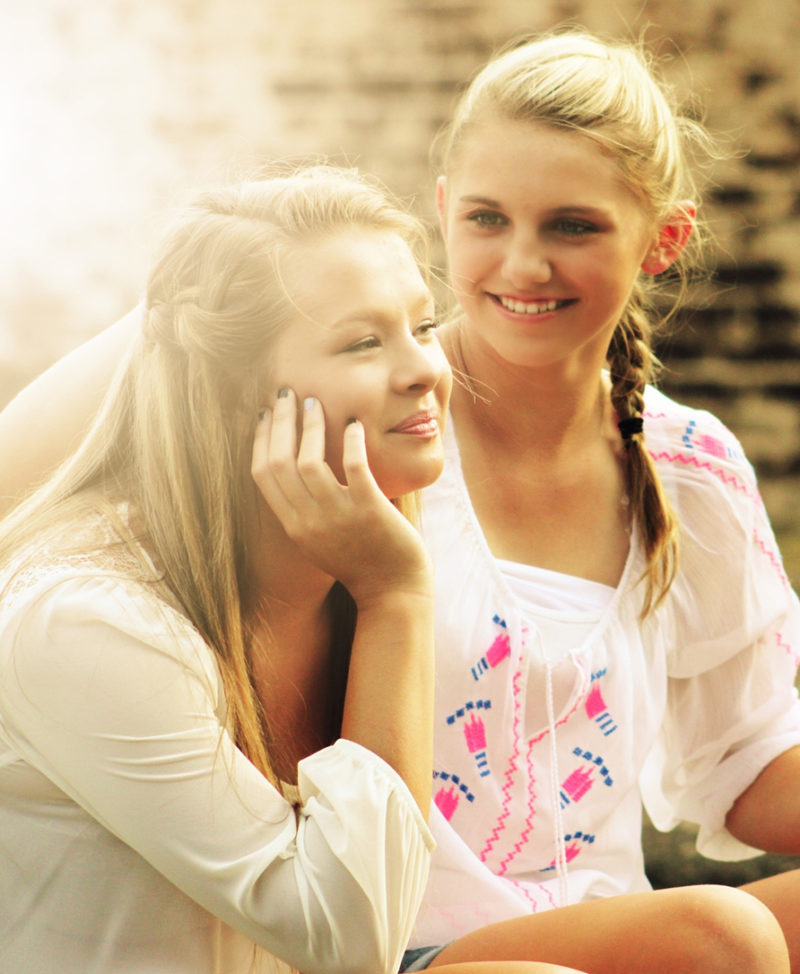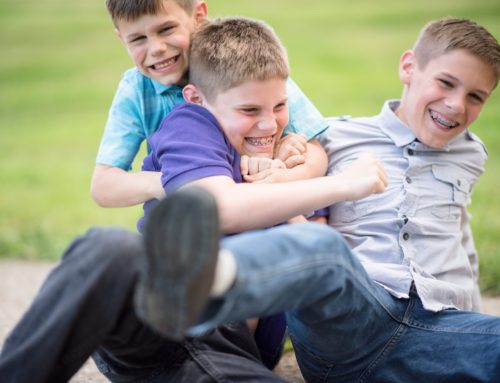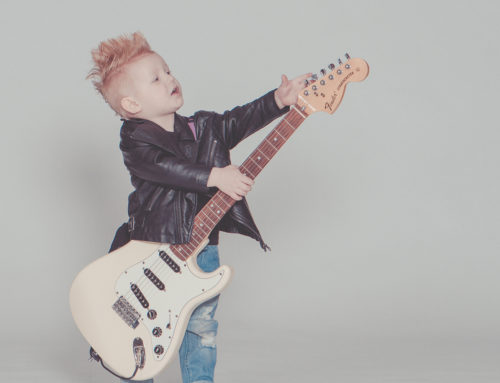Wanting to be more like your friends is a normal part of being a teenager. Peer influence or peer pressure isn’t always a bad thing, but sometimes it might be a concern for you or your child. If this happens, there are things you can do to help manage it.
Peer influence and peer pressure
Peer influence is when you choose to do something you wouldn’t otherwise do, because you want to feel accepted and valued by your friends. It isn’t just or always about doing something against your will.
You might hear the term ‘peer pressure’ used a lot. But peer influence is a better way to describe how teenagers’ behaviour is shaped by wanting to feel they belong to a group of friends or peers.
Peer pressure or influence can be positive. For example, your child might be influenced to become more assertive, try new activities, or to get more involved with school.
But it can be negative too. Some teenagers might choose to try things they normally wouldn’t be interested in, such as smoking or taking part in antisocial behaviour.
Peer influence might result in children:
- choosing the same clothes, hairstyle or jewellery as their friends
- listening to the same music or watching the same TV shows as their friends
- changing the way they talk, or the words they use
- doing risky things or breaking rules
- working harder at school, or not working as hard
- dating or taking part in sexual activities
- smoking or using alcohol or other drugs.
Coping well with peer influence is about getting the balance right between being yourself and fitting in with your group.
Some children are more likely to be negatively influenced by peers – for example, children who have poor self-esteem, who feel they have few friends, and who have special needs. These children might feel that the only way they’ll be included and accepted in social groups is by taking on the behaviour, attitudes and look of a group.
Children who have strong self-esteem are better at resisting negative peer influence. If your child is happy with who he is and the choices he makes, he’s less likely to be influenced by other people. Self-esteem helps in establishing good relationships, and positive friendships also help self-esteem.
Helping your child manage peer pressure and peer influence
You might be worried that your child is being influenced too much by her peers, or that she’s selling out on her values (or yours) to fit in with her friends. You might also be concerned that your child won’t be able to say no if she gets pressure to try risky things, such as smoking.
But listening to the same music and dressing in the same way as friends doesn’t necessary add up to doing the same antisocial or risky things.
Your child might do some things that his friends do, but not other things. You have an influence over your child too, especially over the longer term. If your child has a strong sense of himself and his values, it’s more likely he’ll know where to draw the line when it comes to assessing risks.
Here are some ideas to help your child manage peer pressure and peer influence:
- Keep the lines of communication open. You can do this by staying connected to your child. This can help make her feel more comfortable talking to you if she’s feeling swayed to do something she’s uncomfortable with.
- Suggest ways to say no. Your child might need to have some face-saving ways to say no if he’s feeling influenced to do something he doesn’t want to do. For example, friends might be encouraging him to try smoking. Rather than simply saying ‘No, thanks’, he could say something like, ‘No, it makes my asthma worse’, or ‘No, I don’t like the way it makes me smell’.
- Give teenagers a way out. If your child feels she’s in a risky or tricky situation, it might help if she can text or phone you for back-up without worrying you’ll be cranky. If your child is embarrassed about having to call you, you could agree on a coded message. For example, she could say that she’s checking on a sick grandparent, but you’ll know that it really means she needs a hand.
- Encourage a wide social network. If your child has the chance to develop friendships from many sources, including sport, family activities or clubs, it will mean he’s got lots of other options and sources of support if a friendship goes wrong.
- Build up your child’s sense of self-esteem. This can help her feel more confident to make her own decisions and push back on peer influence.
When you’re worried about peer pressure and peer influence
- Encouraging your child to have friends over and giving them space in your home can help you get to know your child’s friends. This also gives you the chance to check on whether negative peer influence is an issue for your child.
- Good communication and a positive relationship with your child might also encourage your child to talk to you if he’s feeling negative influence from peers.
- If you’re worried your child’s friends are a negative influence, being critical of them might push your child into seeing them behind your back. If your child thinks you don’t approve of her friends, she might even want to see more of them.
- So instead of focusing on any people you don’t like, you can try talking to your child about the behaviour you don’t like. Discuss the possible consequences of the behaviour, rather than making judgments about your child’s friends.
- It can be helpful to compromise with your child. For example, letting him wear certain clothes or have his hair cut in a particular way can help him feel connected to his peers, even if you’re not keen on blue hair or ripped jeans.
- Having friends and feeling connected to a group gives teenagers a sense of belonging and being valued, which helps develop confidence. Friendships also help teenagers learn important social and emotional skills, such as being sensitive to other people’s thoughts, feelings and wellbeing.
When to be concerned about peer influence and peer pressure
If you notice changes in your child’s mood, behaviour, eating or sleeping patterns, which you think are because of her friends, it might be time to have a talk with her.
Some mood and behaviour changes are normal in teenagers. But if your child seems to be in a low mood for more than two weeks, or it gets in the way of things he normally enjoys, you might start to worry about your child’s mental health.
Warning signs include:
- low moods, tearfulness or feelings of hopelessness
- aggression or antisocial behaviour that’s not usual for your child
- sudden changes in behaviour, often for no obvious reason
- trouble falling asleep, staying asleep or waking early
- loss of appetite or over-eating
- reluctance to go to school
- withdrawal from activities your child used to like
- statements about wanting to give up, or life not being worth living.
If you’re concerned, start by talking with your child. The next step is to talk to your local doctor, who can put you in contact with your local child and adolescent health team or another appropriate professional.






